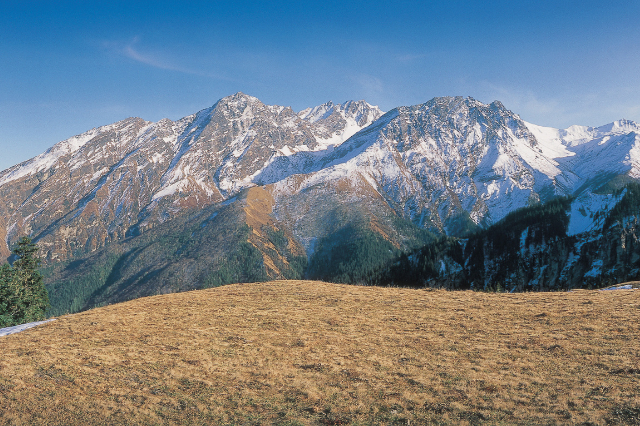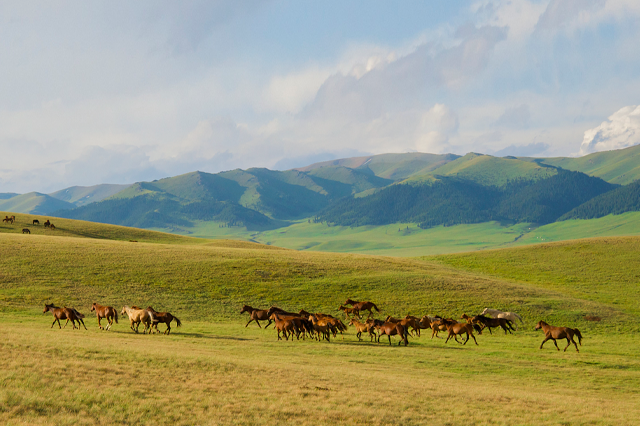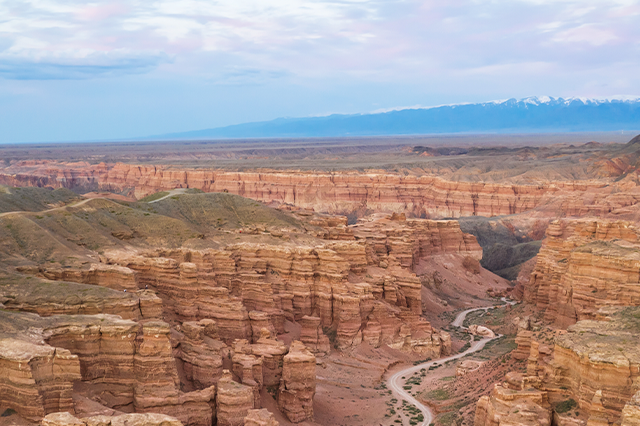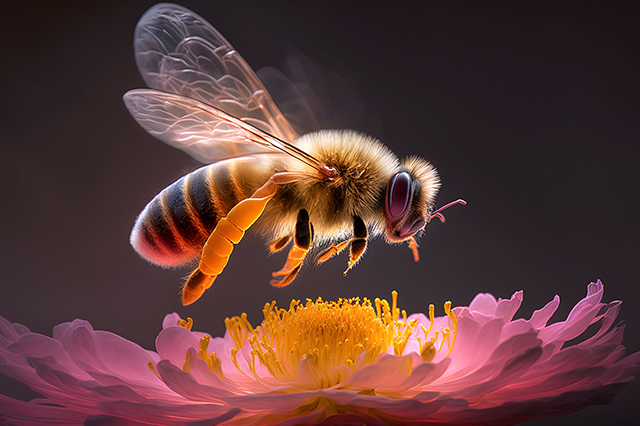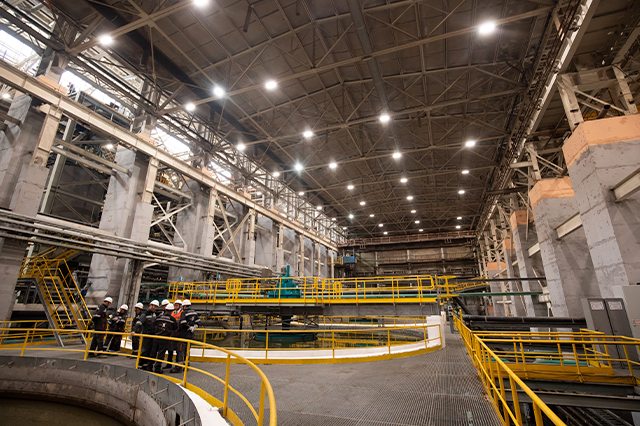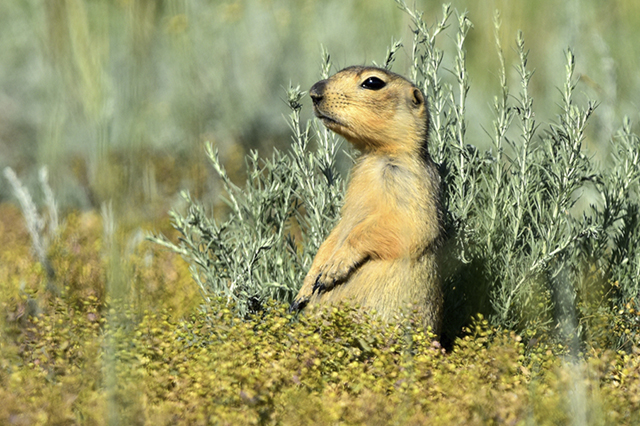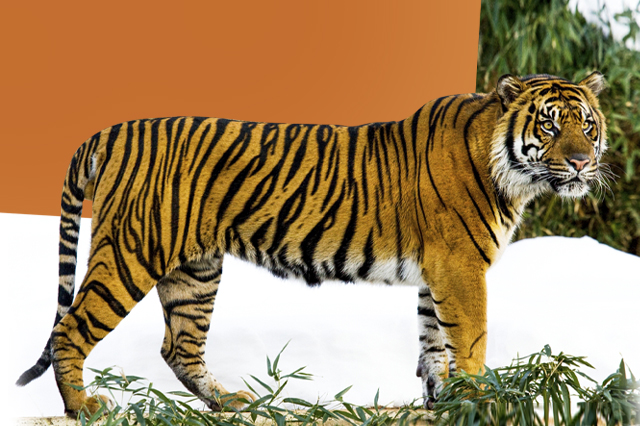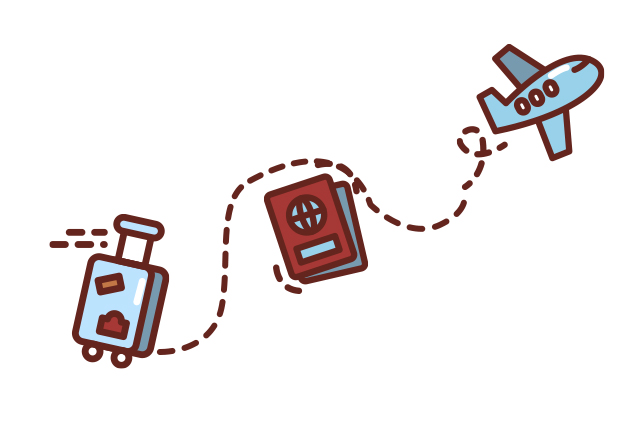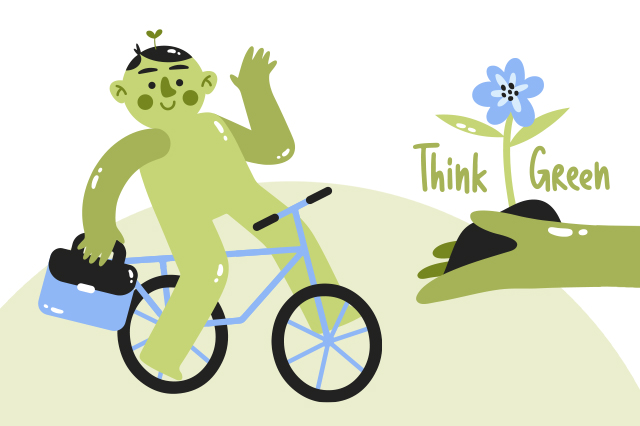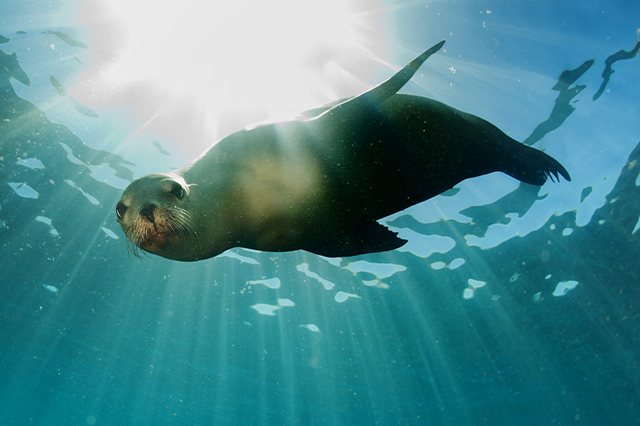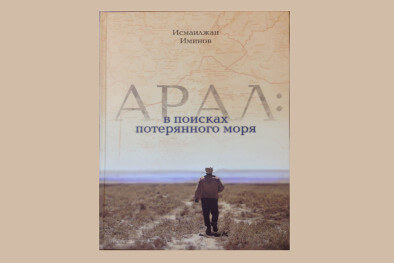For several years, Altyn-Emel National Park (known as the Golden Saddle) has been a popular and favorite place for many tourists and travelers. Regarding the beauty and diversity of landscapes, it is one of the most exciting places in Semirechye.
We have prepared detailed material with instructions and recommendations for those planning their next trip to Altyn Emel State National Nature Park.
How do you plan your route?
Before planning your departure, you need to understand what route you will take. Altyn-Emel offers three main excursion destinations: Singing Barkhan, Necropolis Besshatyr, and Aktau Chalk Mountains.
Also in the national park are both natural and cultural-historical places, of which tourists can visit the following attractions: Lava Mountains Katutau, 700-year-old willow, Sak barrows Besshatyr, Petroglyphs Tanbaly Tas, Stone Stella Oshaktak and Spring Chokan Valikhanov.
The way to Altyn Emel from Almaty starts from the Northern Ring. Then along the Kapchagai highway - Kapchagai-Shengeldy-Sary-Ozek, you need to leave in the direction of Zharkent — Altyn Emel-Bassy. The road to Sary-Ozek is a modern autobahn, then to Basshi.
Please note that when visiting the Singing Barkhan and Aktau Mountains routes, you will only enter the national park through the Basshi village. If you decide to touch the historical artifacts and see the Sak barrows Besshatyr, the entrance will be from the side of the town Shengeldy. It is necessary to take care of the registration of passes in advance, specifying the numbers of staff and paying through Kaspi Bank.
Spring and autumn in the AE is the most picturesque time. Weather forecasters promise that the temperature will not be higher than 30 degrees in May so that the natural conditions will be very comfortable. However, experienced travelers do not advise visiting the national park in summer, as the sultry weather can spoil the entire experience.
What do you need to take with you?
When going on a trip, don't forget to bring your passport/ID card, a small handy backpack for personal belongings, personal hygiene products: toothbrush, toothpaste, towel, wet, paper tissues and toilet paper, garbage bags, sunscreen, and hats, cream or spray against blood-sucking insects and ticks, smartphone/camera/camcorder + chargers, swimsuit/swimming trunks in case of visiting Kapchagai or warm radon spring at Kosbastau cordon, and also personal first aid kit and drinking water in sufficient quantity.
An important point is planning and comfortable outfits. It is better to prefer comfortable hiking clothes: pants, a T-shirt, a sweatshirt, a windbreaker, and a raincoat, preferably wearing light-colored clothing using sunscreen.
Choose comfortable shoes: it should be trekking - with good grip soles, designed for hiking, including in the mountains.
In the evenings, you will need a mosquito repellent. In addition to midges, the park's local wildlife includes spiders, birds, hares, gazelles, and kulans.
Bring light shoes, hats, and glasses to visit the Singing Dunes. We advise you to plan your time correctly: it is better to go to the dunes from 9-11 am or 4-6 pm when it is not too hot, and you can walk barefoot on the sand.
Nights can be cold, so take a set of warm clothes.
Get away from nature
Many tourists prefer solitude with nature and feel the atmosphere of the wilderness. And here, you need to know the basic rules: you can camp near the Jaeger cordons (Mynbulak, Kosbastau, Zhantogai) and on the coast of the Kapchagai reservoir (from the side of post #1). Even though the national park has hotels (prices from 15 thousand tenge), travelers often choose to equip the camp independently.
The most popular place for camping is at the foot of the Aktau mountains. Many tourists note that it is best to stop and camp here, but you should consider that there is no water, so it is better to stock up on non-perishable food and water in the calculation of 3 liters per person.
Any camping is prohibited near Singing Barkhan (the nearest camping site is Mynbulak cordon).
Before you set up camp, prepare a place for the tent: remove all unnecessary stones and branches, assemble the tent arches, and prepare pegs and tools for hammering. It is also essential to consider all the instructions in challenging weather and know what angle and canopy to put in the period of rain and wind.
Also, the basic rules are posted on the official website of the national park, according to which it is necessary to treat with care the protected objects and the environment in the park's territory. Namely, it is forbidden to make bonfires, set up campsites, and set up tents outside specially established and equipped places.
It is also forbidden to fish and hunt, disturb wild animals, bait them, ruin nests and burrows, and damage trees, shrubs, and other plants.
Collection of wild fruits, mushrooms, and plants outside permitted places and unauthorized grazing, logging, and other illegal use of forests is strictly prohibited.
Also, you cannot pollute open water sources with garbage, chemicals, and human waste.
Safety precautions
When going for a long hike, it is essential to consider all environmental aspects and comply with the rules of conduct in nature. Therefore, it is necessary to study the terrain and follow strict recommendations: the park representatives warn to be careful in the mountains, not to approach precipices, and to stick to proven trails.
- Remember that the rocks in the Aktau and Katutau mountains are very fragile. Wear hats and drink enough water to avoid dehydration," experts say.
Remember that the park is inhabited by animal carriers of diseases (plague, tularemia, anthrax, brucellosis, listeriosis, tick-borne encephalitis).
- Be extremely careful, especially when leaving the beaten paths. Stay away from trees, bushes, thickets of tall grass, holes, and crevices in the ground," they say on the official website of Altyn-Emel.
In May and June, actively spray against ticks, and if bitten by poisonous insects or reptiles, seek medical attention immediately.
Bring a kit with the necessary first aid supplies and watch training videos on emergency medical services.
Environmental literacy before a trip is a fundamental attribute of a good vacation.
No trash cans are everywhere in the park, so you should bring trash bags with a tape tie. Under no circumstances should you burn trash to avoid fires.
Few people know, but going to the toilet is essential. If you are far from the bathroom, choose a place away from trails and water sources. Used toilet paper should be covered with soil. Human waste does not decompose well in the hot desert, so do not bury anything but cover it lightly with the earth.
If you camp in nature, use biodegradable soap and dishwashing detergent. Keep detergents out of water sources - fill a container with water and use it as far away from the body of water as possible.
Attractions and environmental features of Altyn-Emel
The National Park was established in 1996 to preserve the Ili intermountain basin's unique ecosystems and protect historical sites. The park was granted the international status of a UNESCO biosphere reserve to maintain the natural heritage, rare animals, and monuments of historical and cultural heritage.
That is why, from year to year, tourists and travelers from around the world attract route Altyn-Emel, which involves sightseeing tours for 2-3 days to have time to see all the region's sights.
The massive Singing Dune, located in the sands of Altyn Emel, is especially popular. It excitingly got its name: in dry weather, the dune emits melodious sounds similar to the sound of an organ. The dune is two or three kilometers long and about 120 meters high. Here you can take unique pictures and be impressed by the fantastic legend that the great Genghis Khan and his faithful warriors are buried under the sands of the dune, and during the "singing of the dune," Khan thus tells his descendants about his exploits.
The Aktau Chalk Mountains are a favorite place for tourists. Their height reaches 1000 meters above sea level. The gorges and canyons emerged after tectonic and erosion activity. For fans of geology and paleontology, the Aktau and Katutau mountains will be real masterpieces.
Have patience because the way here is considered the farthest: you can see the Kosbastau tract with 700-year-old willow and a warm radon spring. We recommend visiting these places. The sacred tree is a popular place to rest on your way to or from the Katutau and Aktau mountains. And tourists go to the radon spring for the sake of recovery, believing in the healing properties of human health.
Altyn Emel is known not only for its beautiful nature but also for its rich history. The remains of ancient settlements have been found in this area, as well as many petroglyphs made thousands of years ago. The petroglyphs show the life of the ancient peoples who lived in the area more than 4 thousand years ago. The Sak barrows Besshatyr have attracted the attention of archaeologists from all over the world. The Tamgaly Tas tract is considered a rare monument, with scholars suggesting that the site was a sacred temple for Buddhists and a place for meditation and prayer.
Some national parks and places are less well-known to tourists, but this retains uniqueness.
For example, the 15-meter waterfall Akbulak in Kyzylauyz Gorge can be observed only during a month, during the rains and snowmelt. Indeed, a rare phenomenon fascinates and impresses travelers, which is why the route here is planned.
Kyzylauyz Canyon is located in the protected western part of the Altyn-Emel National Park. You can visit it on the way to the Sak mounds of Besshatyr.
The flora and fauna of the National Park are fascinating: there are 67 species of mammals, 25 species of reptiles, four amphibian species, 26 species of fish, and 260 species of birds, of which 148 species nest in the park, 18 are rare and included in the Red Book of Kazakhstan and the Red Book of the International Union for Conservation of Nature.
- Scientists consider 44 species to be rare animals. Siberian ibex, foxes, hares, wolves, and poisonous snakes such as viper and copperhead snakes are found here, the republican media report.
In conclusion, discovering tourism within the country is a particular pleasure. We have something to be proud of, something to show and pass on to our descendants. The main thing is to conserve and preserve natural wealth - this can be achieved through the environmental awareness and responsibility of every citizen of the country.
Author: Nazym Kabysheva



